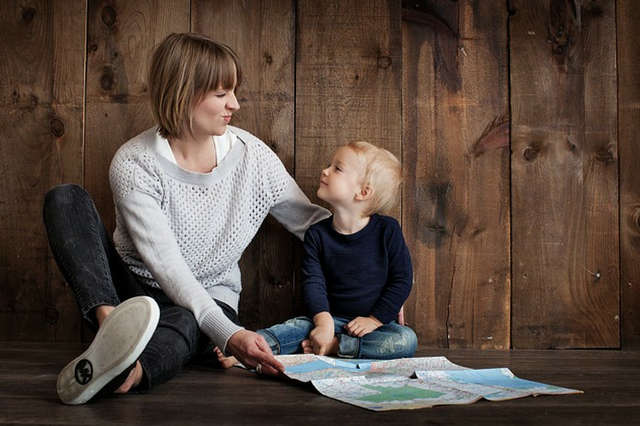Following our previous blog post about how to choose the right preschool for your child, we will talk about 2 other areas you need to consider and do while picking the most suitable preschool for your child.
Materials, Methodology, and Curriculum
The second item to pay attention to when choosing the right preschool for your child is based on the materials, methodology and curriculum teachers use to deliver the program. Consider whether the images you find online show nice materials, a well-organized space which utilizes learning centres, and clean and functional furniture. Look into whether the curriculum is developed to meet Kindergarten-readiness standards.
There are many types of preschools: some options to choose from in Vancouver are Montessori, Waldorf, Reggio Emilia, and play-based. Each method comes with its specific philosophy. Make sure the method you choose for your child is aligned with your own philosophy and you are willing and able to support the style of learning offered through that type of program.
In a nutshell, Montessori is self-directed, sensory-based education, with an emphasis on early math, science, and literacy education. In contrast to Montessori, Waldorf incorporates a lot of group learning, whereas Montessori favours independent learning tasks. Waldorf is focused on a natural, non-toxic environment where children can cultivate their inner uniqueness and creative expression of themselves. Waldorf is creativity and play-focused, and is for the budding artist, actor, or social butterfly.
Reggio Emilia is a responsive curriculum, where the teachers shape the curriculum around the specific needs and personalities of the children. The group becomes strong and unique, and teachers facilitate the unique learning and expressive needs of the particular class they are leading. Reggio Emilia focuses on expression. Students are encouraged to express what they need through words, art, writing, and movement.
The final style of preschool you can find in Vancouver is play-based. This is the most open-ended approach– if you are considering play-based preschool for your child, you should definitely investigate whether the program follows any specific learning outcomes, and how teachers facilitate those.
Make sure the preschool of choice provides a consistent daily routine with a variety of activities throughout the day, and that materials and activities change on the regular basis, to provide fresh learning opportunities. Ensure that there is a literacy-rich environment, which consists of a nice library with a variety of good books, and students art and writing are on display. Find out about the free choice times, the structured and unstructured play, and the active play and rest times available to children. All of these things provide a well-rounded daily learning environment for students.
“Feel” of the Preschool
The final point should be done in person: get the “feel” of the place. Find out about parent participation. Are parents welcome to drop in, volunteer, come to events, do they receive newsletters and updates, are they welcomed to conferences with teachers? Do you get a sense that teachers are warm and caring? Are children happy and engaged? Do teachers do to kids’ eye level to talk to them? Are teachers and staff accepting of people from all backgrounds? Do teachers seem to enjoy their work, or do they seem stressed and unhappy? Are children playing well together by sharing, cooperative play, and turn-taking? While you are there, if a conflict ensues, how is it dealt with? This final point is the most important. No matter how many qualifications teachers have, and the quality of programming provided, if your gut is telling you that your son or daughter might not be happy in the preschool, or that your family may not be fully welcomed there, it is probably not the place to send your child. At the end of the day, as parents we must always listen to our gut when making decisions for our children!
Missed Part 1 of this blog? Click here!
External link:



 How to choose the right preschool? [Part 1]
How to choose the right preschool? [Part 1]